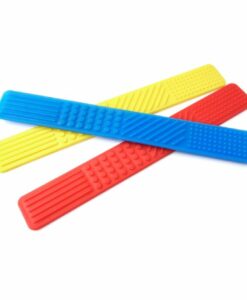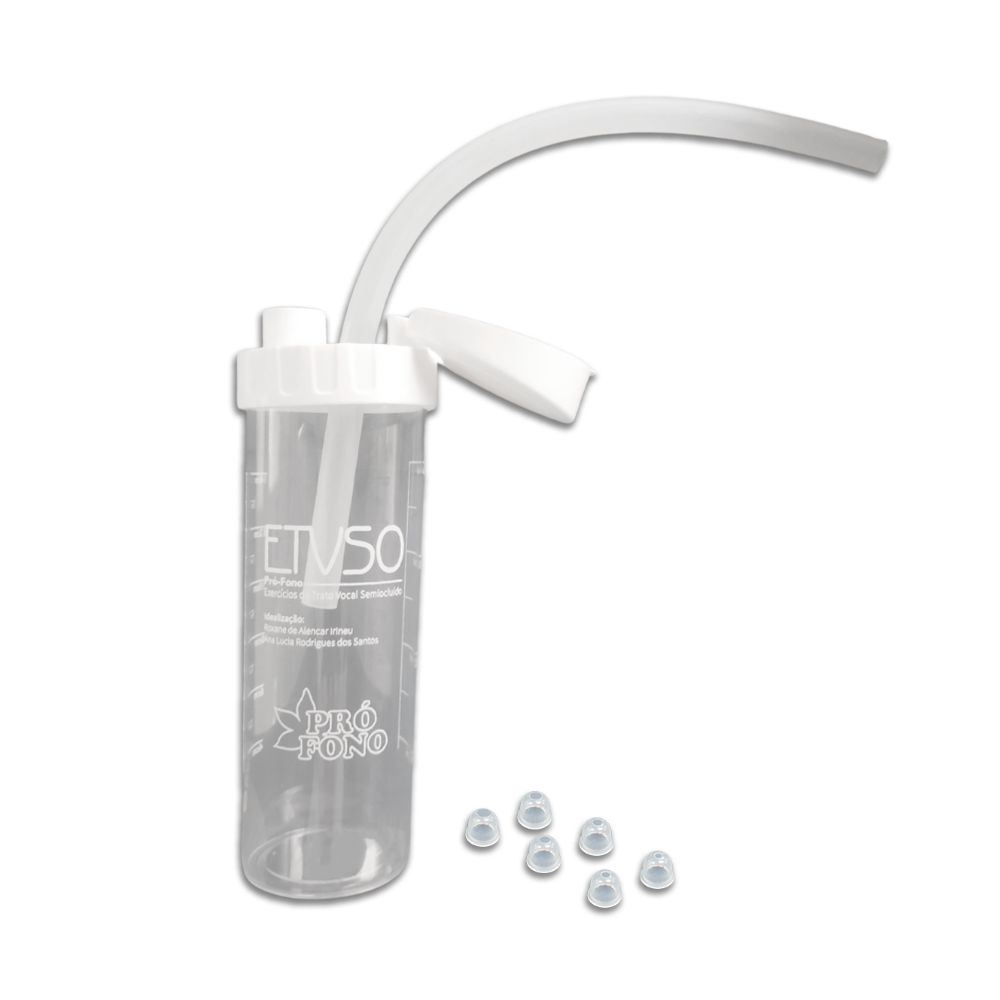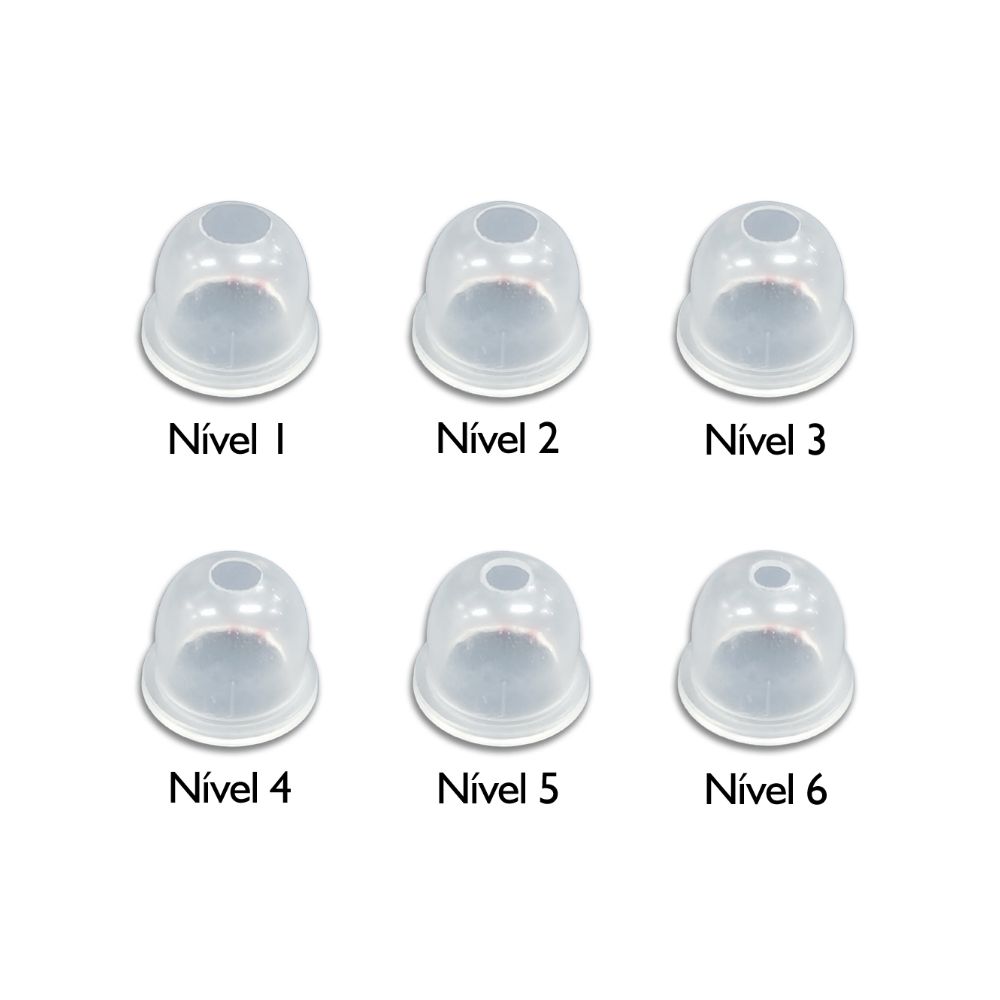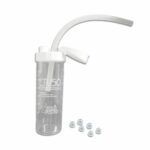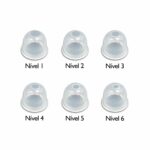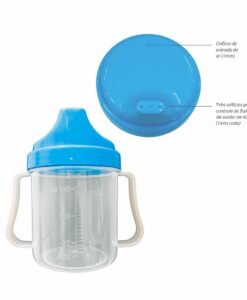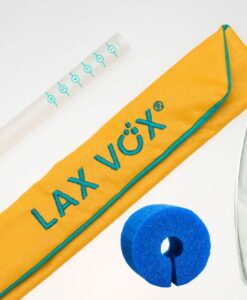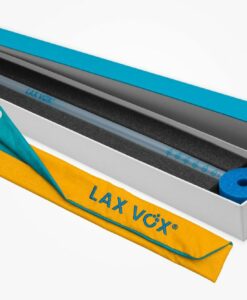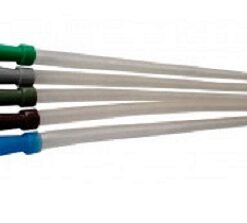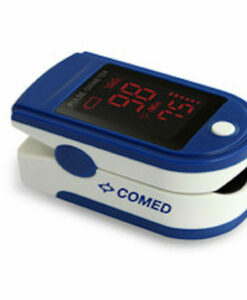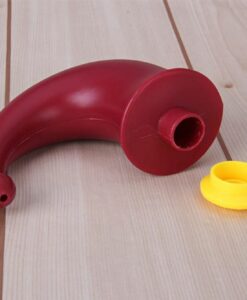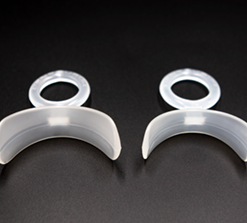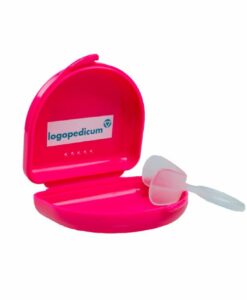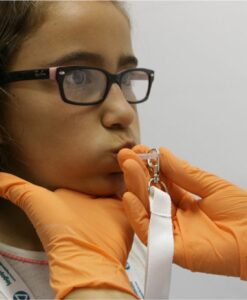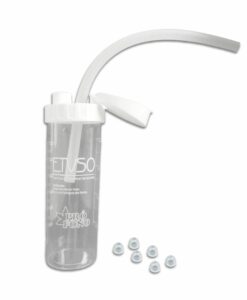Description
Bottle for semi-occluded vocal tract exercises
The device “Pró-Fono ETVSO Bottle: Semi-occluded vocal tract exercises” is the result of a new collaboration between researchers and the Pró-Fono industry.
It was developed to perform expiratory exercises, with or without phonation, with pressure increase in expiratory airflow. When the exercises are associated with phonation, the infraglottic pressure required for its initiation is reduced (Figure 1).
Figure 1. Supraglottic positive pressure increased with the use of the ETVSO Pro-Fono bottle: semi-occluded vocal tract exercises.
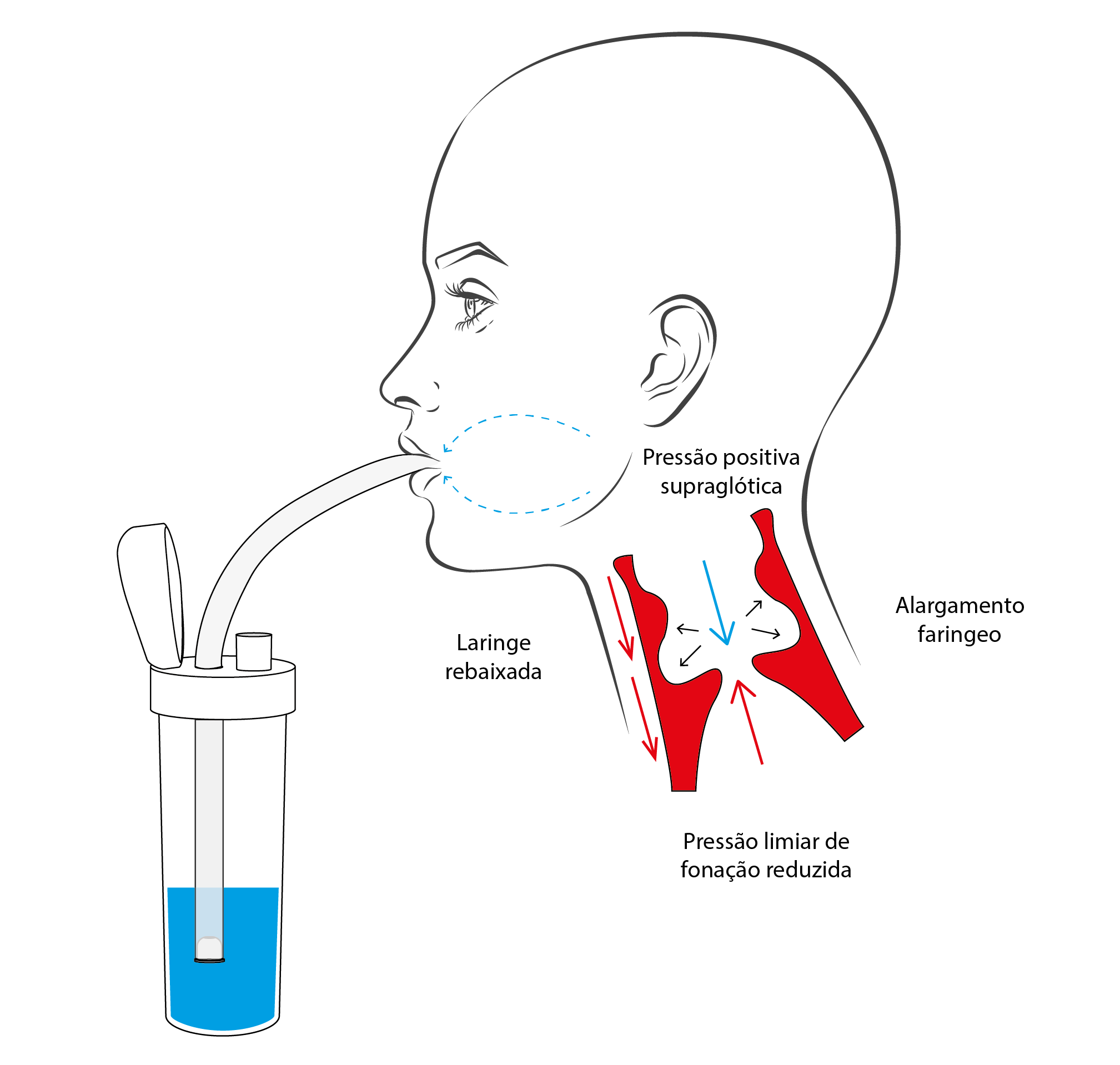
In addition, the bubbling of the water during phonation with the tube submerged generates retroflex energy which acts as a massager of the vocal folds. From the constriction of the vocal tract and these consequent vibratory sensations, laryngeal and supralaryngeal adjustments and a more balanced vocal emission at the level of pressures are made possible.
The device consists of:
- A plastic container or bottle graduated in milliliters to control the amount of water inserted (100 to 400 ml) and in centimeters to control the immersion depth of the tube;
- A plastic bottle cap with two internal holes (one for the silicone tube to enter and one for the air to escape);
- A non-toxic medical grade silicone tube measuring 35 cm long, 9 mm internal diameter and 13 mm external diameter;
- Six plastic air flow pressure regulators (levels 1 to 6), with air flow passage orifices of 4.5 mm, 4 mm, 3.5 mm, 3 mm, 3 mm, 2.5 mm and 2 mm in diameter (levels 1 to 6 respectively) (Figure 2).
Figure 2. Pro-Phono Bottle Airflow Regulators ETVSO: Semi-Occluded Vocal Tract Exercises.

How to use
ETVSO Pro-Phono Bottle Differential – control of the muscular effort used in the performance of semi-occluded vocal tract exercises, obtained by different combinations of the amount of water in the Bottle (100 to 400 ml), the selection of the level of the air flow regulator (levels 1 to 6) and definition of the immersion depth of the tube in water (0cm to 10cm).
Suggested exercises are available in the Instruction Manual.
Indications
Phonation exercises with this device are recommended when desired:
- To favor the adjustment of the glottic and laryngeal muscles;
- Promote adequate glottal coaptation;
- Expand the vocal tract;
- Reduce supraglottic involvement in phonation;
- Stimulate the elevation of the soft palate;
- Improve the resonance of the voice (increasing the oral component of this resonance).
- To provide better pneumophonic coordination;
- Improve kinesthetic feedback during phonation;
- Develop the monitoring of vocal emissions.










